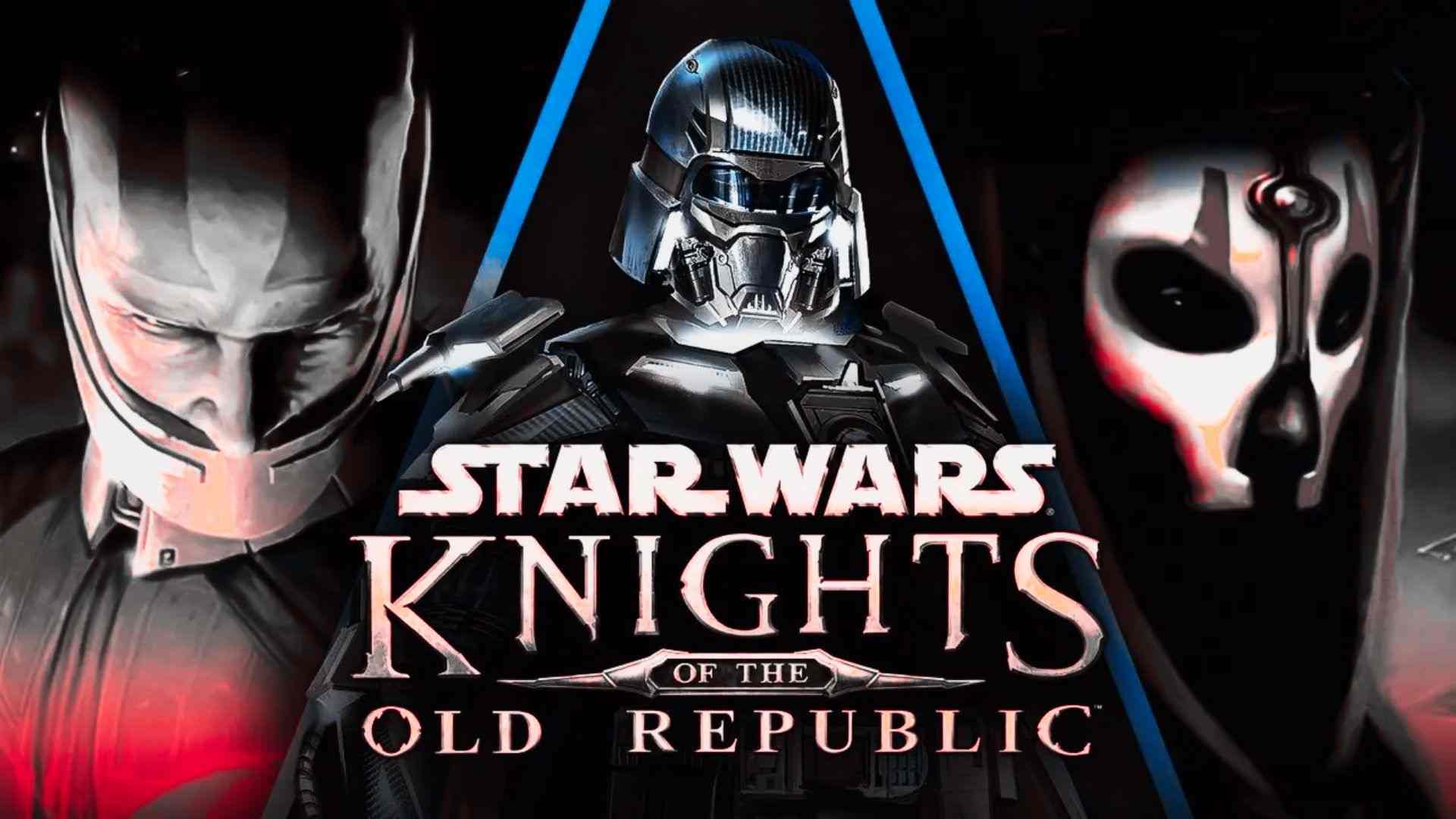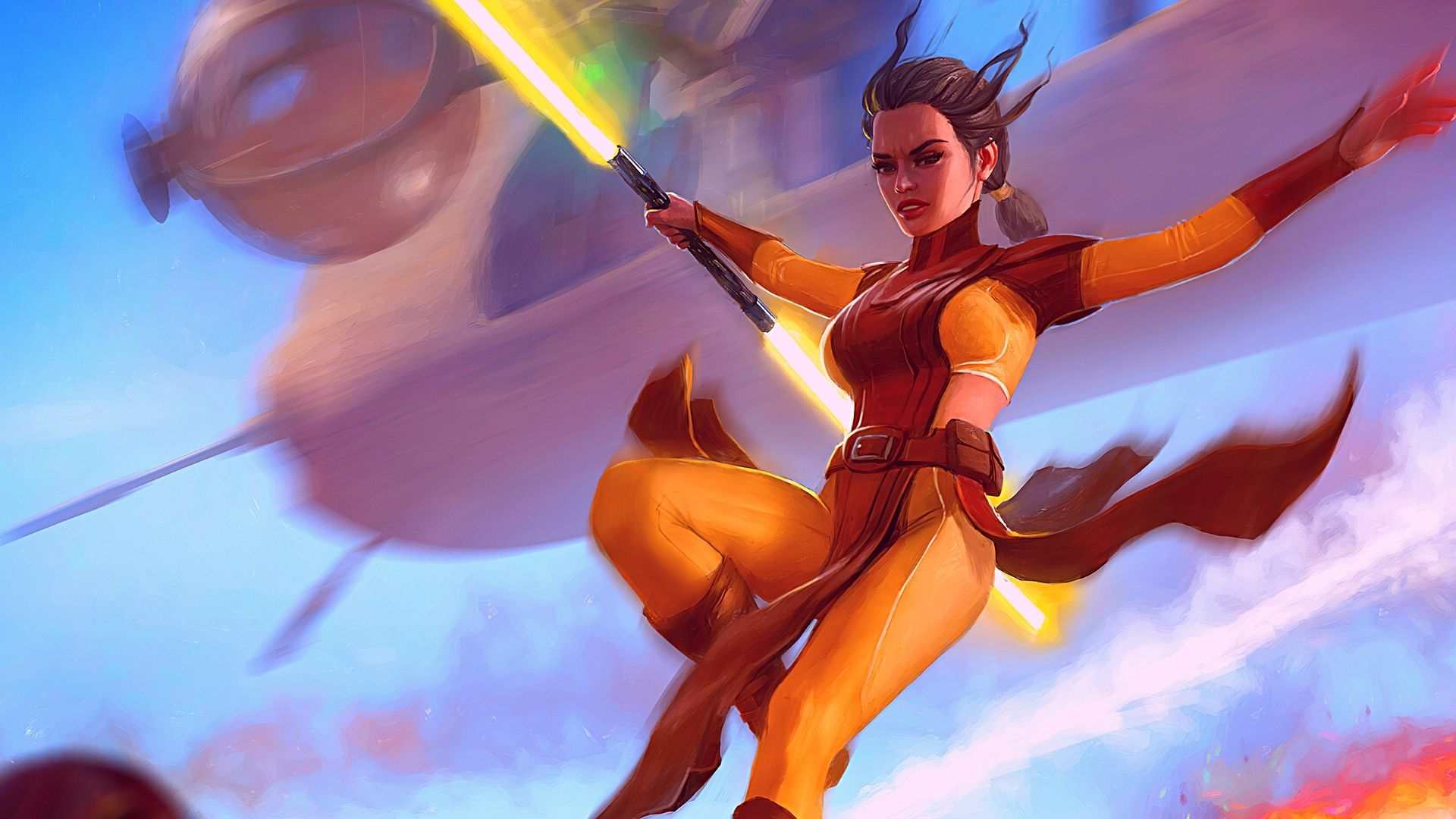Star Wars: Knights of the Old Republic Age Rating and Parents Guide
Star Wars: Knights of the Old Republic is a role-playing video game set in the Star Wars universe. Developed by BioWare and published by LucasArts.
The game was released for the Xbox on July 19, 2003, and for Microsoft Windows on November 19, 2003. The game was later ported to Mac OS X, iOS, and Android by Aspyr, and it is playable on the Xbox 360 and Xbox One via their respective backward compatibility features. A Nintendo Switch version was released on November 11, 2021.
[su_table responsive=”yes”]
| Developer | BioWare |
| Publisher | LucasArts |
| Series | Star Wars: Knights of the Old Republic |
| Age Rating | ESRB-T, PEGI-12 |
| Mode | Single-player |
| Genre | Role-playing |
| Release Date | November 9, 2021 |
| Platforms | Xbox Microsoft Windows Mac OS X iOS Android Nintendo Switch |
| Price | $9.99 |
[/su_table]
Star Wars: Knights of the Old Republic Age Rating
ESRB- Star Wars: Knights of the Old Republic has received ESRB Rating T (TEEN) for Violence. ESRB T rated means that the content of the game is suitable for ages 13 and up.
PEGI- Star Wars: Knights of the Old Republic has received a PEGI 12 because it features strong violence. Not suitable for persons under 12 years of age.

Star Wars: Knights of the Old Republic Parents Guide
[su_table responsive=”yes”]
| Strong violence throughout the game. |
| Players are involved in hard combats, they can use different types of superpowers to kill the enemy. |
| Explosions, swords, gunshots, are generally used. |
| Some game characters look scary. |
[/su_table]
Star Wars: Knights of the Old Republic Gameplay
Players choose from three basic character classes (Scout, Soldier or Scoundrel) at the beginning of the game and later choose from three Jedi subclasses (Guardian, Sentinel or Consular). Beyond class, a character has “skills” stats, tiered “feats,” and later on, tiered Force powers, similar to magic spells in fantasy games. Feats and Force powers are generally unlocked upon level-up, while the player is given skill points to distribute among their skills at every level.
Combat is round-based; time is divided into discrete rounds, and combatants attack and react simultaneously, although these actions are presented sequentially on-screen. The number of actions a combatant may perform each round is limited.
While each round’s duration is a fixed short interval of real-time, the player can configure the combat system to pause at specific events or the end of each round, or set the combat system to never automatically pause, giving the illusion of real-time combat. Combat actions are calculated using Dungeons & Dragons rules, particularly the d20 System. While these are not displayed directly on the screen, the full breakdown for each action (including die rolls and modifiers) is accessible from a menu.
For much of the game, the player can have up to two companions in their party. These companions will participate in combat. They can be manually controlled by the player, or act autonomously if the player does not give them any input. Outside of combat, the companions will randomly engage the player or each other in dialogue, sometimes unlocking additional quests. They will also participate in conversations the player has with other non-player characters.

Non-combat interaction with other characters in the game world is based upon a dialogue menu system. Following each statement, the player can select from a list of menu responses. The dialogue varies based on the gender and skills of the main character.
The alignment system tracks actions and speech—from simple word choices to major plot decisions—to determine whether the player’s character aligns with the light or dark side of the Force. Generosity and altruism lead to the light side, while selfish or violent actions will lead the player’s character to the dark side, which will alter the character’s appearance, turning their eyes yellow and their skin pale.
In addition to the standard role-playing gameplay, there are several minigame events that come up over the course of the game. The player can participate in swoop racing to earn money, and sometimes interplanetary travel will be interrupted by enemy starfighters, which begins a minigame where the player controls a turret to shoot down the opposing starcraft. The player can also engage in a card game known as pazaak, which is similar to the game of blackjack, to gamble money.
Minimum System Requirements
- OS: Windows XP and Windows Vista
- Processor: Intel Pentium 3 1Ghz or AMD Athlon 1GHz
- Memory: 256 RAM
- Graphics: 32 MB with Hardware T&L
- DirectX®: Directx 9.0b or better
- Hard Drive: 3.5 GB
- Sound: Directx 9.0b compatible
Star Wars: Knights of the Old Republic Trailer
Official website: www.swtor.com
Star Wars: Knights of the Old Republic Parents Guide and Age Rating
Know about Star Wars: Knights of the Old Republic age rating and parents guide.Star Wars: Knights of the Old Republic Age rating is 12 from PEGI, Pan European Game Information. Further T (TEEN) by ESRB, Entertainment Software Rating Board.
In fact, the age rating, fixed by PEGI (Pan European Game Information) for UK citizens and ESRB (Entertainment Software Rating Board) for the US Continent. Moreover, the PEGI rating is based on the physical content of the game and not on the players’ condition or their abuse usage online.
Stay tuned to get more updates on the age rating of all Netflix TV Series, TV shows, books, and games. Finally, any suggestions are always welcomed.
Also, please make use of the comment box for your reviews. We are always providing the complete details on age rating for kids, We will make the easy and best way for your kids.

